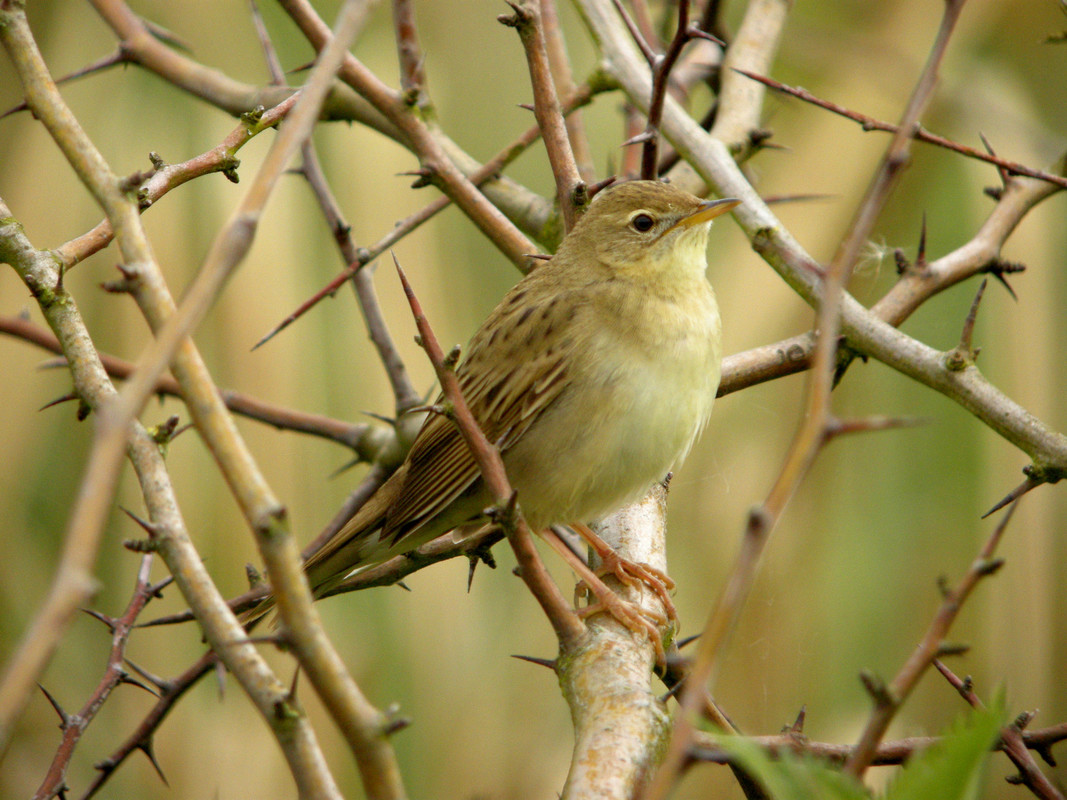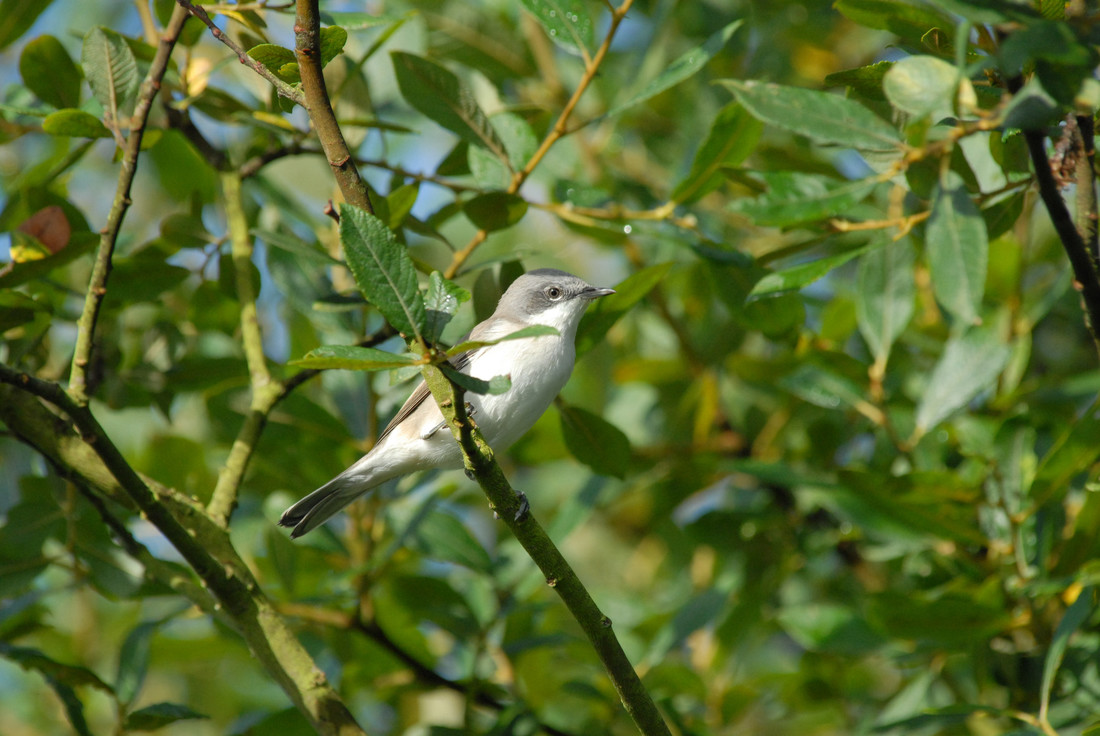Wildlife sightings for 26th May 2012
1 Hobby - over marsh 17 Common Tern - main lake, resr lagoon (nesting on rafts) 1 Common Sandpiper - scrape 3 Redshank - scrape, marsh 17 Lapwing - main lake, marsh, scrape 1 [...]
1 Hobby - over marsh
17 Common Tern - main lake, resr lagoon (nesting on rafts)
1 Common Sandpiper - scrape
3 Redshank - scrape, marsh
17 Lapwing - main lake, marsh, scrape
1 Little Ringed Plover - scrape
2 Yellow Wagtail - marsh
3 Whitethroat - overflow car park, resr lagoon, wildside
Recent bird highlights: Buzzard, Hobby, Peregrine, Black-tailed Godwit, Jack Snipe, Common Sandpiper, Little Ringed Plover, Iceland Gull, Pallid Swift, Yellow Wagtail and Swallow.
May is a great month for bird song now that so many summer visitors have arrived and set up breeding territories. Listen out for Chiffchaff, Willow Warbler, Blackcap , Garden Warbler, Goldcrest, Greenfinch, Chaffinch, Cetti’s Warbler, Robin, Blackbird, Song Thrush, Mistle Thrush and Wren among others. In the reedbeds and other reed fringes at least 20 Reed Warbler are singing away, along with one or two Sedge Warbler and Reed Bunting.
Lapwing are nesting on the main lake/scrape shingle islands and grazing marsh fields, and performing territorial flight displays. Lapwing chicks can now be seen on the scrape, marsh and main lake (7 broods). The Sand Martins are now nesting in the artificial bank on the scrape.
The marsh water level is lower now to leave small pools of water where waders like Lapwing can feed themselves and any chicks they have with them. Also look out for Yellow Wagtail on the marsh. The wader scrape is now being drained and wetted on a weekly basis to attract feeding waders.
Flowering plants: Cuckooflower, Cow Parsley, Hawthorn, Wood Anemone, Ramsons, Common Mouse-ear, Field Wood-rush, Marsh Marigold, Red Dead-nettle, Oxford Ragwort, Tufted Vetch, Common Vetch, Bluebell, Ragged Robin, Buttercup, Salad Burnet, Herb Robert, Yellow Flag.
Water Voles: most likely spots are the world wetlands ‘reed swamp’ exhibit, or in wildside.
Butterflies and insects: Green Hairstreak,Comma, Brimstone, Peacock, Small Tortoiseshell, Orange-tip, Holly Blue, Speckled Wood, Small White, Common Bee-fly, 7-spot Ladybird, Large Red Damselfly, Hairy Dragonfly, Common Blue Damselfly.
Reptiles and amphibians: A recent survey revealed 85 Slow Worms, 3 Grass Snakes, 2 Common Lizards, and 6 juvenile Smooth Newts. There are also small numbers of Marsh Frogs croaking on sunny days. Listen out in wildside.


